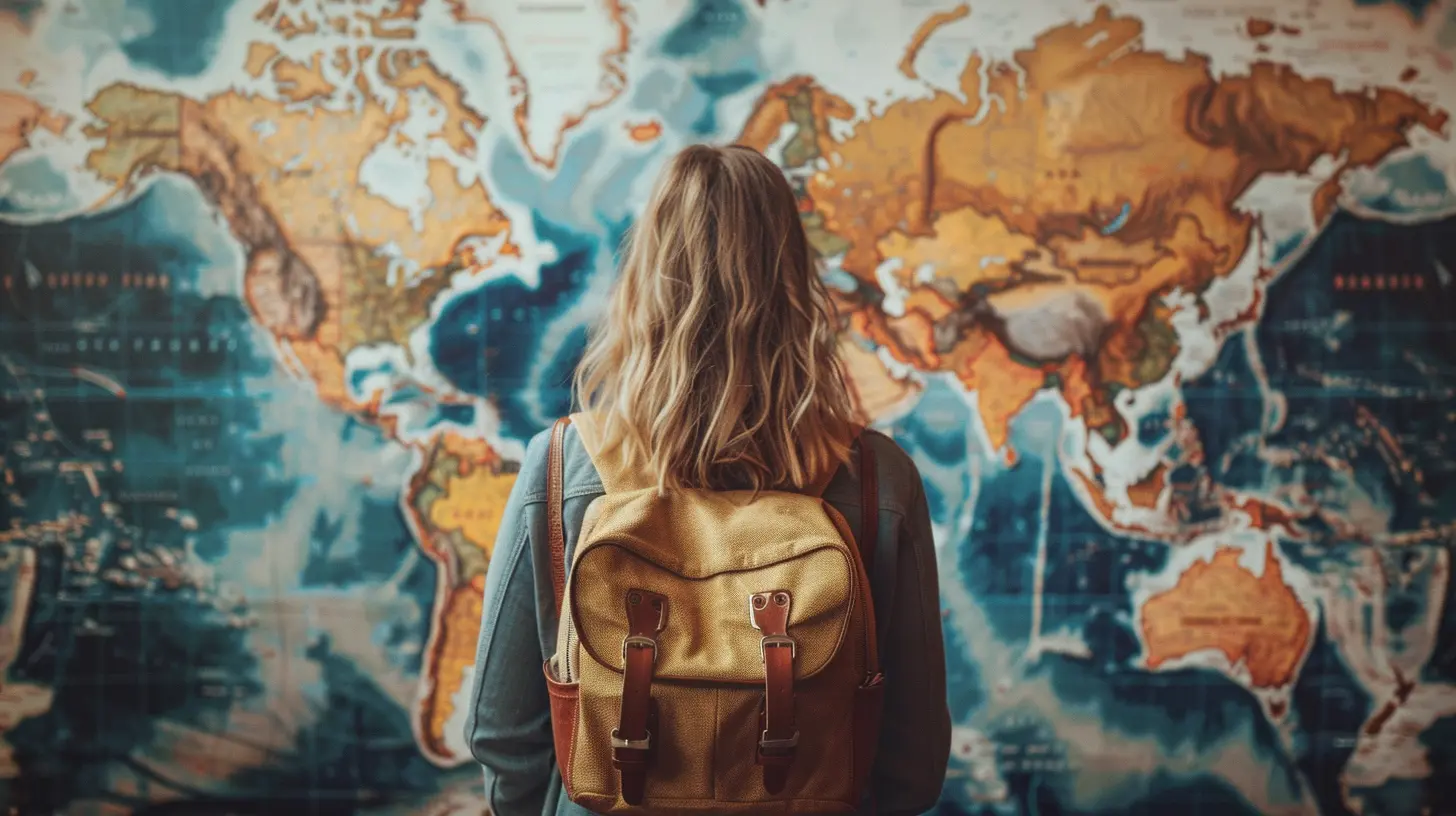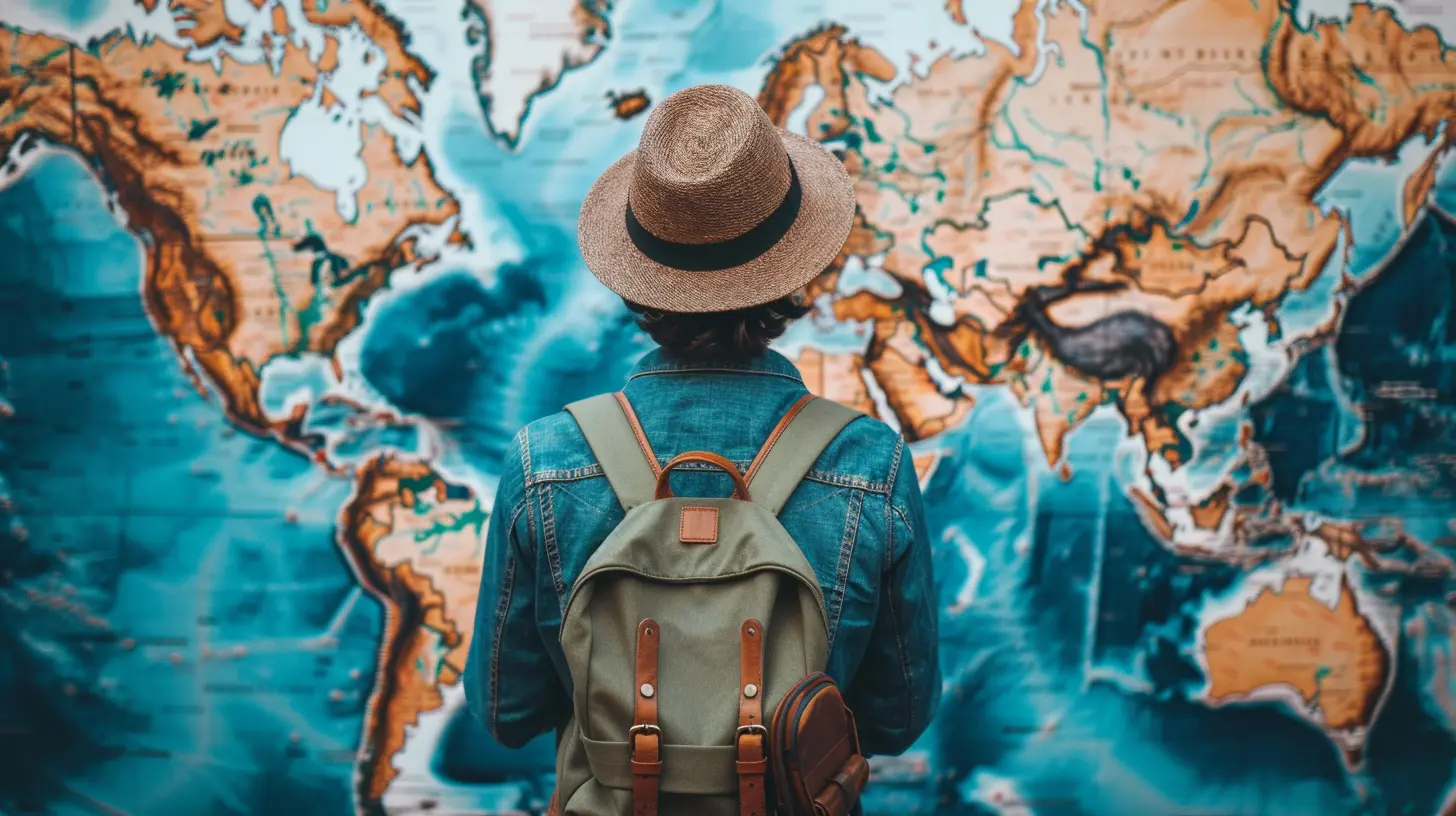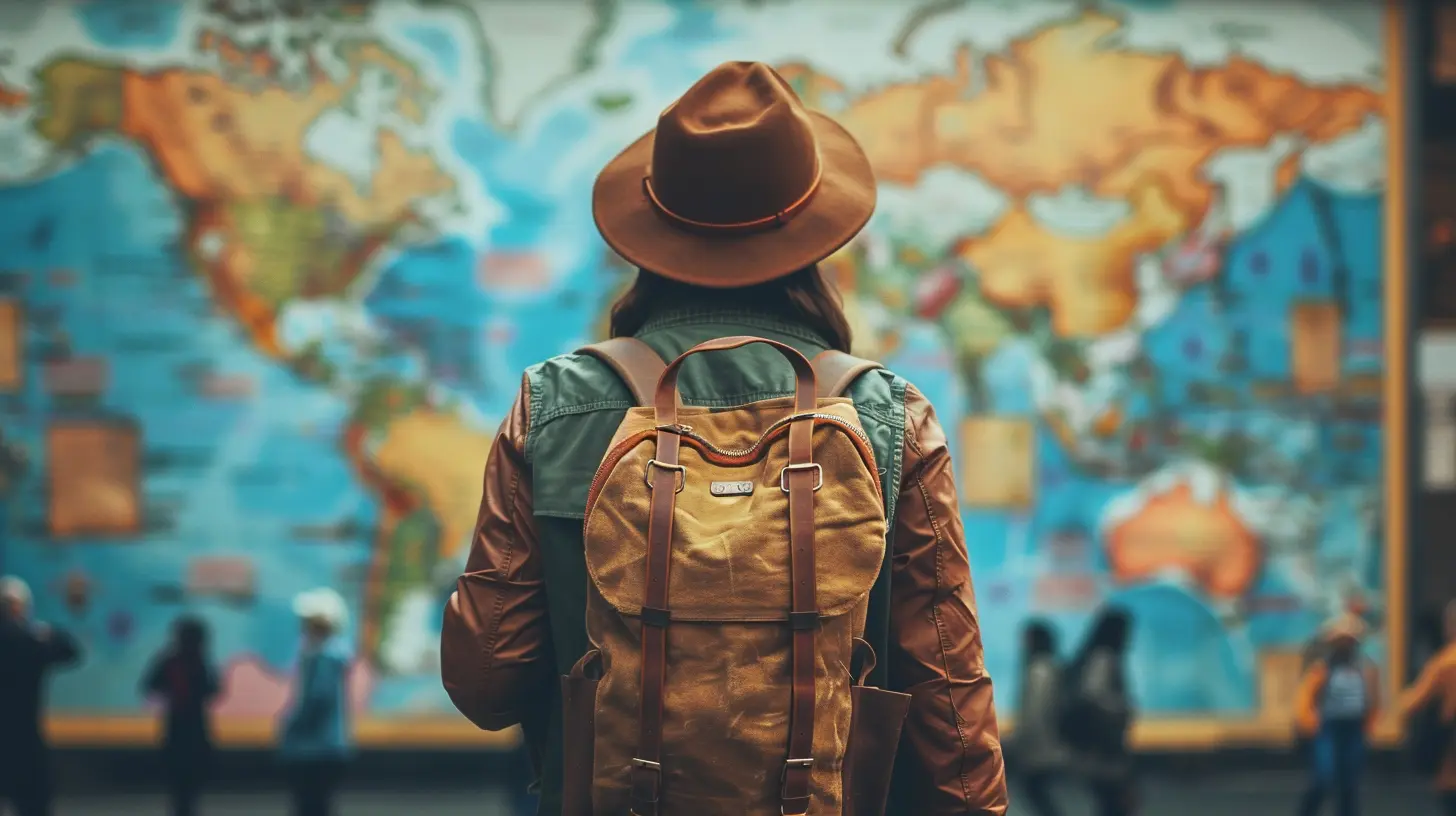How to Navigate Language Barriers When Traveling Internationally
22 October 2025
Let’s be honest—traveling to a new country is wildly exciting, full of culture, adventure, and all the newness you can handle. But if you don’t speak the local lingo, things can get a little... tricky. Imagine trying to order food, ask for directions, or even check into your hotel—without a clue what the other person is saying. Sound stressful? Maybe. But here’s the good news: navigating language barriers abroad isn’t as scary as it seems.
Whether you're heading to Tokyo, Paris, Istanbul, or somewhere even further off the beaten path, there's a way around the language hurdle. And no, it doesn't mean becoming fluent in three months (unless you're a language wizard or have superpowers). Let’s talk about smart, real-life ways to communicate, stay sane, and even have fun doing it.

Why Language Barriers Happen And Why They’re Okay
First off, let’s normalize this: not everyone speaks your language, and that’s perfectly fine. In fact, it’s part of the adventure. Language barriers happen because, well, people speak different languages—and isn’t that variety what makes the world so interesting?But here’s the silver lining. People are generally helpful and understanding when it comes to foreigners struggling with their language. A smile, a gesture, a few local words—they go a long way. And when you make the effort, most locals will meet you halfway.
So, how do you prepare? Let’s break it down.
1. Learn a Few Key Phrases (Seriously, It Helps!)
You don’t need to memorize the entire dictionary. But knowing basics like “hello,” “thank you,” “please,” “I'm sorry,” “where is the bathroom?” and “how much?” can change your whole experience.Here’s why: locals appreciate the effort. Even if your accent is hilariously off, people see that you’re trying—and that earns instant respect. Plus, it breaks the awkwardness and often leads to better service or extra help.
📌 Pro Tip: Focus on polite expressions. Being courteous crosses all language boundaries.
2. Use Translation Apps Like a Pro
Let’s thank technology for this one. Translation apps are lifesavers. Google Translate is the go-to for many travelers—it can even translate images and speech in real-time. You can point your camera at a sign or menu and bam! Instant translation.Other helpful apps:
- iTranslate (works offline, too)
- SayHi (great for conversations)
- Microsoft Translator (good interface, very accurate)
Want to go the extra mile? Download the offline language packs before your trip. That way you’re covered, even with spotty Wi-Fi.
3. Carry a Pocket Phrasebook (Yep, Old School!)
Believe it or not, a small phrasebook can still be a trusty companion. Batteries die, Wi-Fi crashes, and phones get lost—but a tiny book? It just keeps working.Bonus: flipping through a book to find something adds to the charm. Locals might even help you find the right phrase, which sparks interaction and makes the moment memorable.
4. Use Gestures (A Universal Language)
When in doubt, point it out. Gestures, facial expressions, and body language make up a huge part of communication—some say up to 70%. Smile, nod, shake your head, mimic actions—it’s amazing how much you can say without saying a word.But heads-up: gestures can mean different things in different cultures. In some places, a thumbs-up is great. In others, not so much. So it’s worth Googling “gestures to avoid” for your destination.
5. Download Offline Maps & Guide Apps
Nothing says “tourist panic” like getting lost with no internet in a foreign city. To avoid this, download offline maps from apps like:- Maps.me
- Google Maps (offline mode)
- Citymapper (for public transport)
See a pattern here? Preparation brings peace of mind.
Apps like TripLingo are also perfect for understanding slang and cultural norms. They offer audio pronunciations, voice translators, and even tips on etiquette.
6. Use Flashcards or Phrase Cards
This one’s brilliant if you're heading somewhere really remote, where even your trusty app might not keep up. A set of laminated flashcards with images and key words—like food, transport, help—can go a long way.Show a card to someone instead of fumbling with your app. It’s visual, quick, and super practical.
7. Slow Down (Like, Really Slow Down)
When speaking English, slow your pace. Enunciate clearly. Avoid slang, idioms, and complicated vocabulary.Think about it: if you were learning English, would you understand someone who said, “Hey, what’s up, mind if I crash your pad tonight?” Probably not.
So keep it simple and straightforward. Try: “Hello. Can I stay here tonight?” Less flair, more clarity.
8. Ask for Help (And Be Kind About It)
Never underestimate the kindness of strangers. Ask for help when you’re stuck—but be polite and humble. A smile, a polite tone, a friendly gesture—it all matters.You’d be surprised how many people will go above and beyond to help. Some might even walk you to your destination. Magic happens when you approach people with a good attitude.
9. Stay in Language-Friendly Accommodations
Some hotels, hostels, and guesthouses make it easier for international travelers by speaking multiple languages or offering translated materials.Check reviews before booking. Look for comments like, “Staff spoke great English,” or “They helped us plan tours in our language.” And when in doubt, email them ahead to confirm.
10. Take a Local Language Class (Even Just One)
Many cities offer language crash courses or cultural tours. Even a 1-2 hour class can give you useful tips and essential vocabulary. Plus, it’s a fun way to meet other travelers and gain some confidence.Apps like Duolingo, Babbel, or Memrise can also help you practice the basics before your trip.
11. Use Visual Aids
Carrying a small notebook or drawing pad can be surprisingly effective. Can’t explain what you’re looking for? Sketch it out! Or point to pictures on your phone. It’s simple and often works better than words.Some travelers keep albums on their phones with common needs—like a toilet, restaurant, hotel, bus, pharmacy. When words fail, let the images do the talking.
12. Embrace the Fun in Miscommunication
There’s often humor in trying to communicate without a common language. Expect funny mix-ups. Expect charades, pointing, laughter, and a few “oops” moments.Go with it! It’s part of the travel story you’ll tell later. Like that time you accidentally ordered cow tongue soup instead of chicken? Oops. But hey, you tried something new, right?
13. Be Respectful of Local Culture
Not all countries are direct in communication. Some cultures value saving face, indirect language, or softer tones. It helps to read up on communication styles in your travel destination.Also, avoid getting frustrated. If someone doesn’t understand you, try again calmly. Raising your voice doesn’t help—it just makes things uncomfortable.
14. Use Common Sense and Stay Aware
In unfamiliar places, miscommunication can lead to misunderstanding—or worse. Always know the address of where you’re staying. Write it down in the local language.Carry contact info, maps, and emergency numbers. Be cautious but not paranoid. Awareness is your best travel buddy.
15. Celebrate the Experience
Finally, celebrate the challenge. Language barriers are not obstacles—they’re opportunities to grow, laugh, and connect. Every time you manage to be understood, it’s a little personal victory. Every time you make someone smile with your terrible pronunciation, it’s a moment of connection.Isn’t that what travel’s all about?
Final Thoughts
Traveling internationally opens your eyes to new perspectives, cultures, foods, and yes—languages. And while not understanding everyone might seem intimidating at first, it often leads to some of your most memorable moments.So pack your curiosity, your phone, a phrasebook, and most importantly, your sense of humor. Navigating language barriers is less about being perfect and more about being present and kind. People remember effort and attitude more than fluency.
Safe travels and happy communicating!
all images in this post were generated using AI tools
Category:
Overseas TravelAuthor:

Pierre McKinney
Discussion
rate this article
1 comments
Clara McQuaid
Navigating language barriers can be challenging, but it's also a wonderful opportunity for connection and learning. Embrace the adventure, use translation tools, and don’t hesitate to smile and use gestures—these can bridge gaps in communication and create memorable experiences. Happy travels!
October 25, 2025 at 2:19 AM

Pierre McKinney
Thank you for your insightful comment! Embracing language barriers not only enhances the travel experience but also fosters meaningful connections. Happy travels to you too!


